What are the Causes of Commercial Roof Leaks?
Commercial roofing is very different than your average residential roof. When comparing the two, there are a variety of distinctions when it comes to installation, maintenance, and potential issues. Unlike a residential roof, commercial roofs are often flat and are subject to a more significant amount of foot traffic. Most homes are peaked so that rain can simply run off the sides and drain into a gutter system, but commercial buildings come with the risk of pooling water.Preventative measures are taken when installing a flat roof to avoid this issue. Scuppers, drains, gutters, and downspouts are all mechanisms meant to guide water away from the rooftops and onto the ground. Still, they are all points of vulnerability in exceptionally extreme weather. These all need to be cleaned and inspected regularly to ensure proper drainage from the flat rooftop. It is when water is left to pool and cannot drain that a leak becomes much more probable.
Signs of a commercial roof leak include dark stains on ceiling panels, a foul smell of mold or mildew, or water visibly entering the facility.Leaks or sitting water in your commercial building’s roof needs to be addressed as soon as these signs are recognized. This water can weigh quite heavily on a flat rooftop. It could cause significant issues that may threaten the safety of workers or customers within, such as a ceiling collapse or mold growth. Mold is dangerous for those with intense allergies or asthma, and it can even cause lung infections.
Commercial Roof Leaks Caused By Damaged Membrane
The membrane of a commercial roof is the waterproof layer that allows water to run off and be collected by the drainage system. This membrane can fail to do its job when damaged by foot traffic, severe weather, or mechanical failures. If water is allowed to sit on a membrane that is not well maintained, it will soak through into the insulation beneath. Sometimes the areas of waterproofing that have become damaged can be patched without further issues. However, if the damage is left to worsen over time, both the insulation and a much larger section of the membrane may need to be replaced.Commercial Roof Leaks Caused By Open Penetrations
Any open channels that lead to the interior of a commercial building can be vulnerable to leaks. Common examples of these include HVAC units, gas lines, vents, or drains. Harsh rain can find its way into these openings when in combination with strong winds if they are not adequately sealed during installation.Commercial Roof Leaks Caused By Insufficient Drainage
All drains, scuppers, and downspouts need to be kept clean and maintained to prevent standing water after it rains. Water can flood the surface of a flat commercial roof after a bad rain if these drainage systems are backed up due to lack of regular maintenance. If the water is allowed to seep through the seams of the membrane, it can cause interior water damage and could grow mold or affect the structural integrity of the building.Tags
Subscribe to Amos Exteriors's Blog



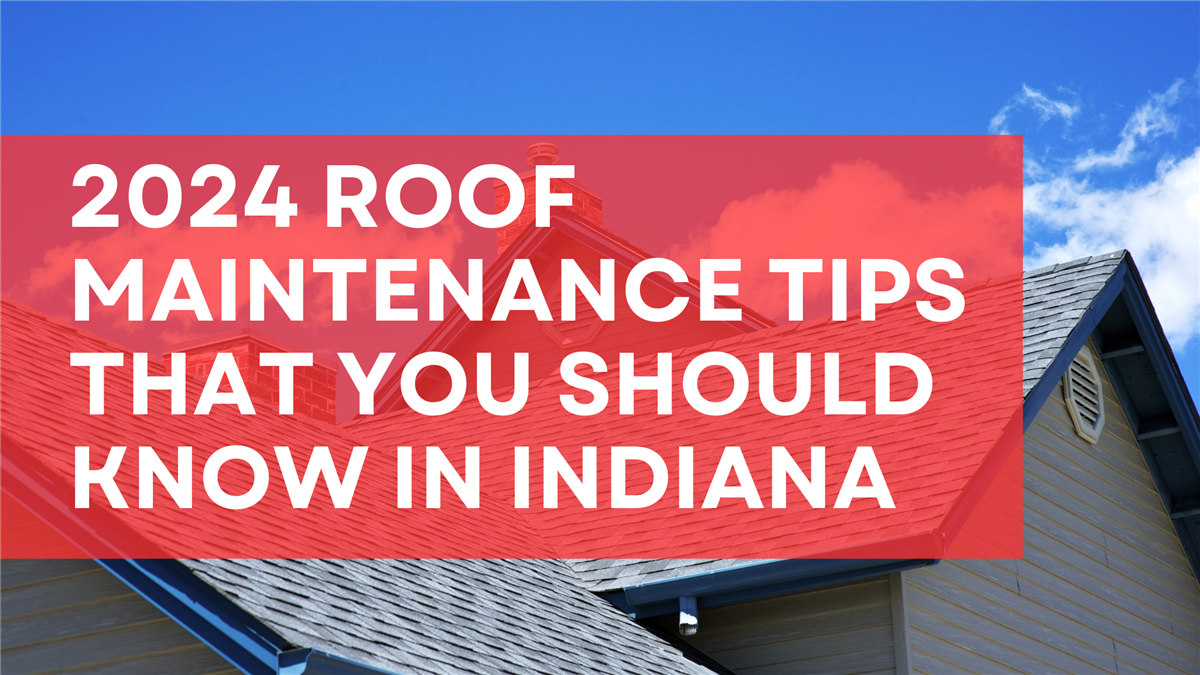
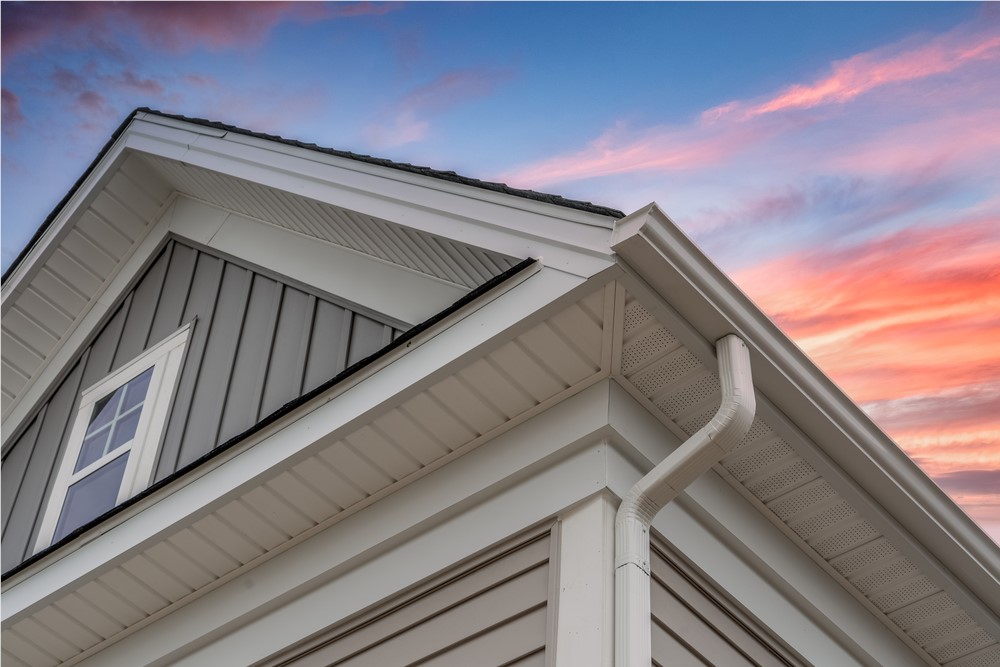
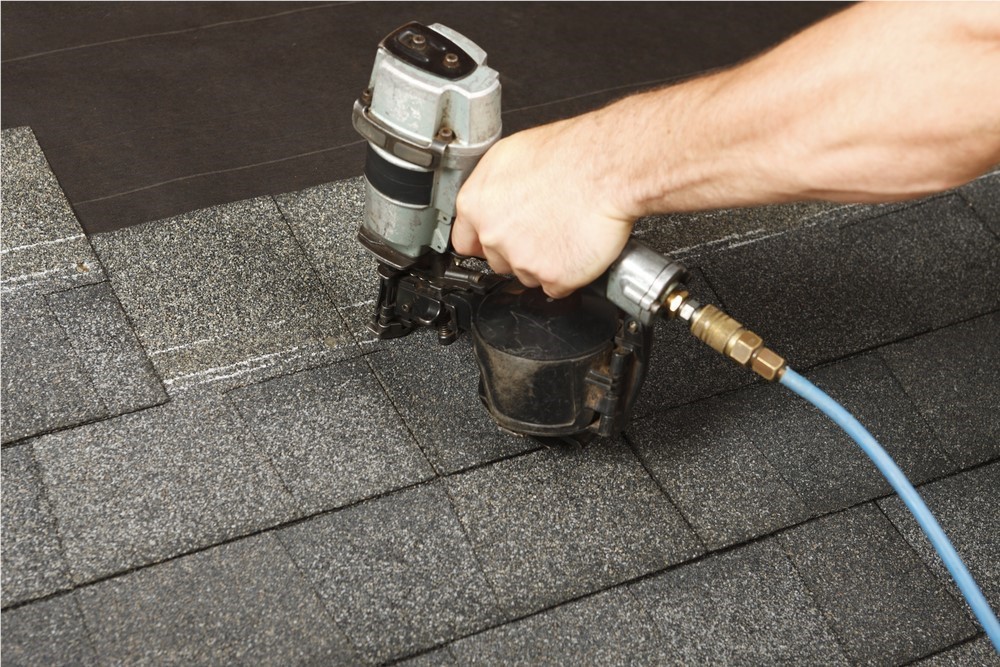
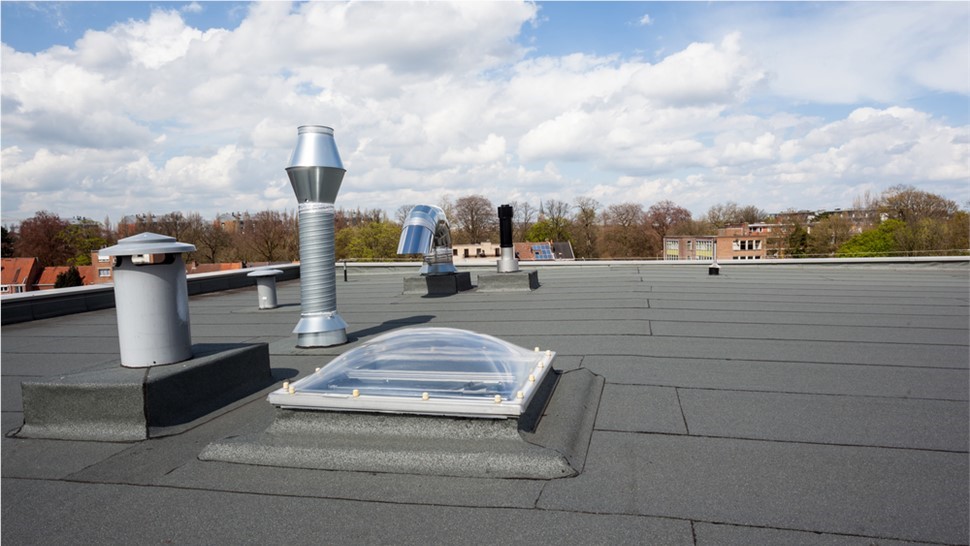
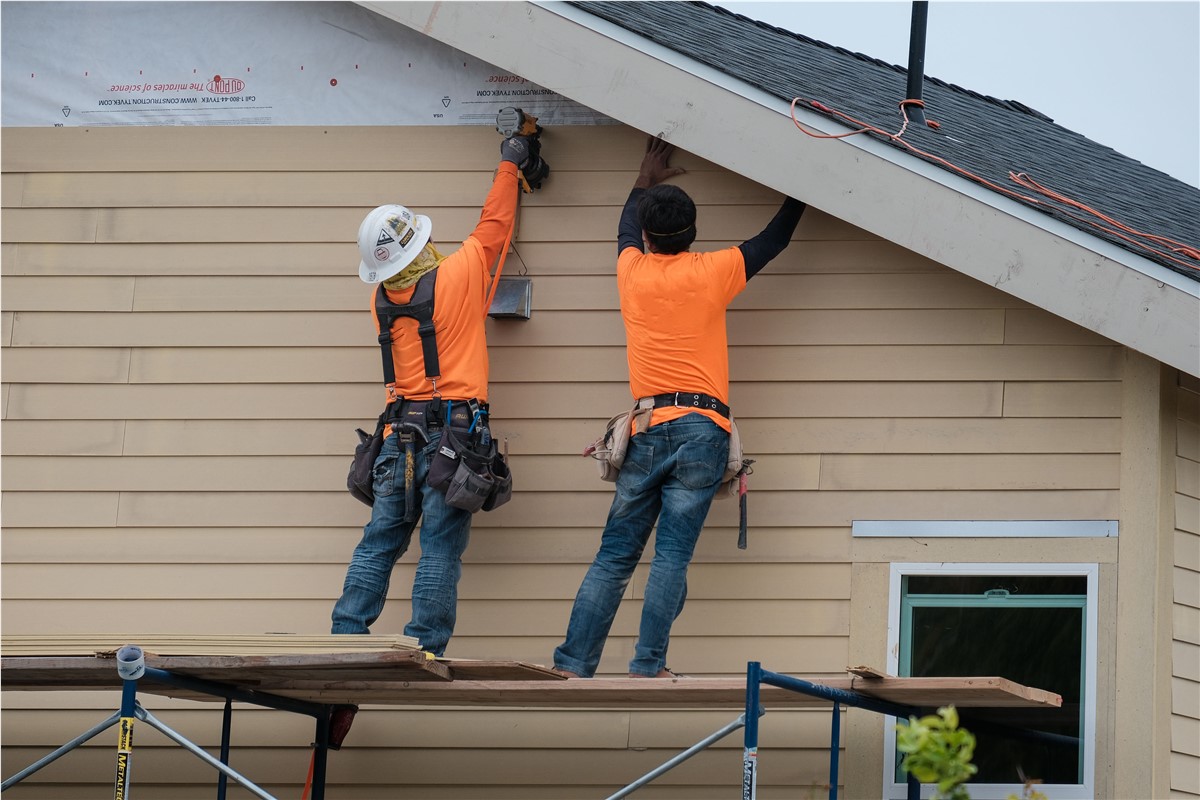

Comments